RILEY - FAMILY MEMBERS
Until 1938 Riley was a Family Business, owned, run and controlled by William Riley and his sons. Their varying personalities and drive helped to shape the business and turn it from a simple bicycle builder to a highly regarded car manufacturer with an enviable reputation on the track. Here we look at each of them:
William Riley Jnr | William Victor Riley | Allan Riley | Percy Riley | Stanley Riley | Cecil Riley
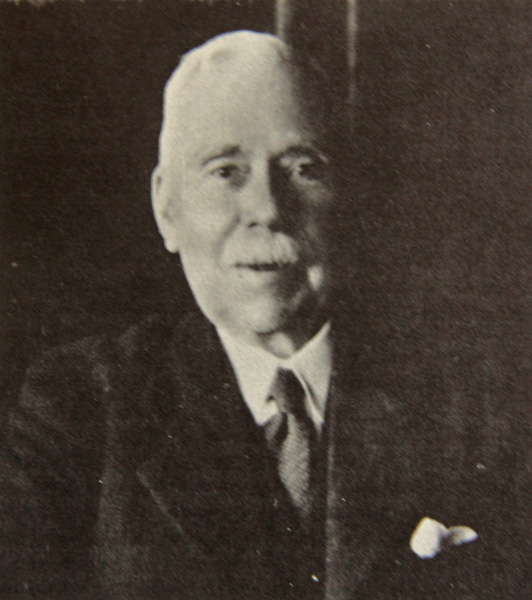 William took over the Family wearving business in 1870, at the age of 19 and for the next 20 years business carried on much as normal. However, in 1890 he purchased the Bonnick & Co Ltd Cycle manufacturing company, with their factory in King Street Coventry. Throughout the early years, William was working with his brothers Basil and Herbert. However, in 1896, with his sons now starting to become involved in the business, he founded the Riley Cycle Co. Ltd on the 23rd May, as the parent company and purchased additional factory space next door. As his sons grew older, William persistently went against their desires to add motor cars to the company portfolio, although motorcycles had been added in 1899, quickly followed by tricycles and quadricycles. However, these designs were all essentially pedal powered, with engines fitted to drive the pedal shaft.
William remained involved in the company through until its collapse in 1938, but he stepped down as chairman in 1923 and as he grew older his influence waned, with him resigning from the board in 1937 when he was 86. The leadership of the company had been assumed by his sons, with Victor taking over as Chair in 1923. |
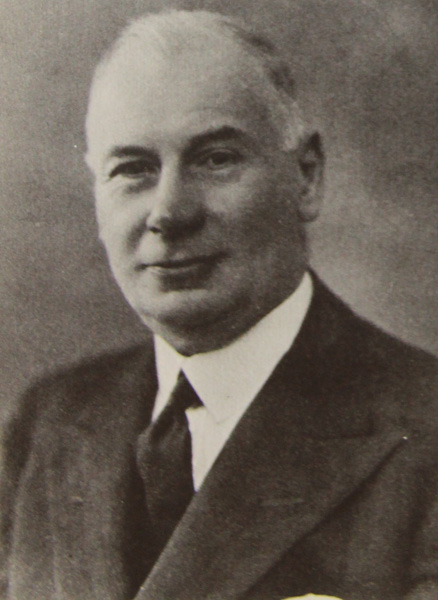 William's eldest son was commonly known as Victor, and would become the chairman following his fathers retirement in 1923. This meant that he was the leader of the company in the dark days of 1937/8 who negotiated the final takeover by William Morris and his Nuffield group. At first, however, he was at his fathers side, developing the cycle business, but this didn't stop him helping Percy set up the Riley Engine Company, even if he wasn't involved in the day to day running of the business.
In 1936 Victor was at the head of the new Autovia company, which whilst ultimately not a success, was far from a failure, with 44 exquisite luxury saloons and limosuines sold before the general financial problems being faced by Riley drew the new company to an untimely end. |
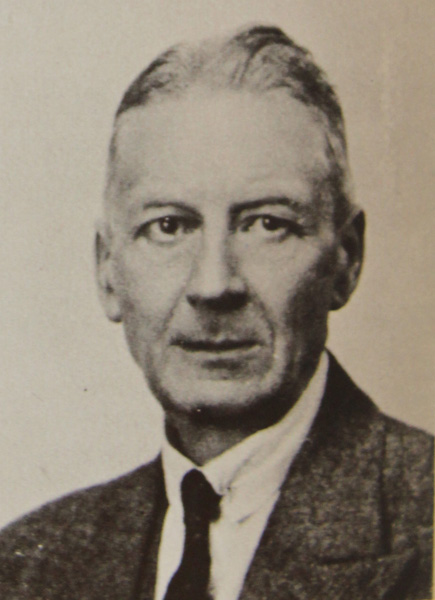 In the early years, Allans role within the company was perhaps not as prominent as his brothers, as he played a supporting role. This saw him help Percy in a similar way to Victor with the founding of the Riley Engine Co, and later he supported 3 of his brothers with the 1913 move into full car production.
|
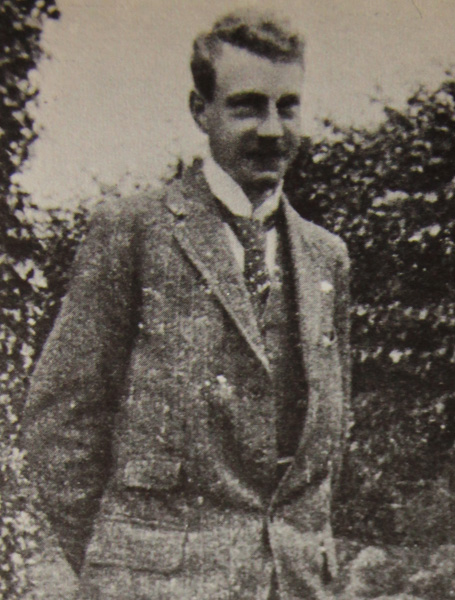 In 1904, Percy launched the first Riley designed from the beginning to be petrol powered, the Riley Forecar. Whilst it borrowed heavily from the company's previous motorcycles and tricycles, it was clearly a new and different model, and despite going against his fathers wishes, the Riley car business had started. Development of a four wheeled car started in 1905, and it was launched in late 1906 as the original Riley 9. This was followed in 1907 with a much larger car, the 12/18, all developed by Percy's Riley Engine Company. By this stage, with the business proving itself, Percys father finally relented and agreed to divert the whole company's energies into motor car production. In the 1930s, the Riley Engine Co, under Percys leadership, was renamed as PR Motors, and this was the one part of the Riley Group that did not pass to Lord Nuffield in 1938. Instead, it continued under first Percy and then his wife into the 1960s, before being bought out by Newage Engineers Ltd in 1966. In 1974, the old Riley factory at Aldbourne Road was vacated as the company moved to new premises in Barlow Road. A series of changes of ownership followed, but the company kept going. In 1997 BI Engineering Ltd took over, and remain the owners to this day, with the division called Newage Transmissions still essentially the old PR Motors business, and indeed it incorporates a diamond shaped 'PRM' logo, indicating its Riley heritage.
|
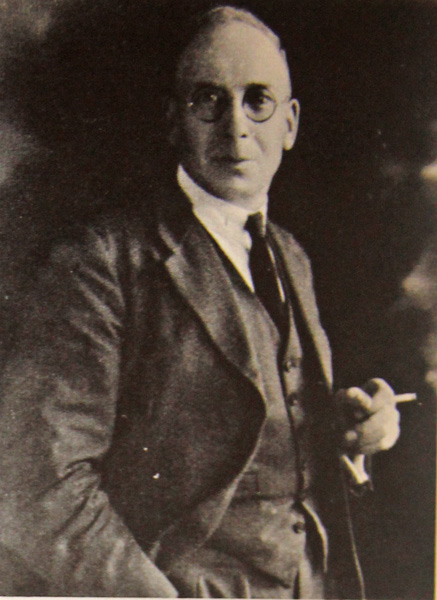 |
|
